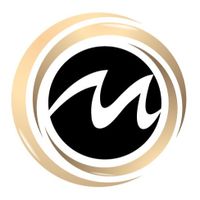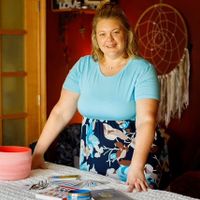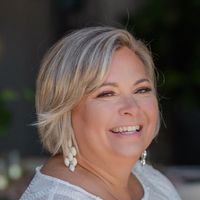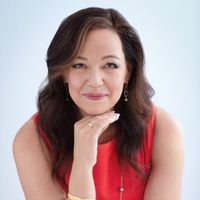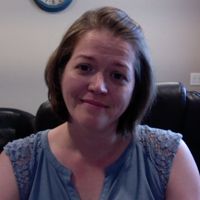One of the fundamental concepts of NLP (Neuro-Linguistic Programming) is the way people organize and integrate their relationship with reality. NLPers will tell you that there are three main ways people and organize and learn, with one being dominate but the others used as well. The three methods we learn according to NLP are Visual, Auditory, and Kinesthetic. Here are examples of how you might learn something. If I gave you a phone number, 512-123-4567, would you learn it best by seeing it written down (Visual) or hearing it spoken (Auditory) or would you move your finger to the buttons on the phone (Kinesthetic) as the best way? Of course, you might use a combination of these three ways we communicate with our realities. There are also the Gustatory and Olfactory we may use to describe our world. For example, “That smells fishy to me.” Or,” It leaves a bad taste in my mouth.” Or “It just doesn’t feel right to me.” These are all ways we might describe a lousy deal.
But there other ways to learn something than these three, or five if you want. In a previous post, I indicated we have more than five senses; we also have much more than these limited ways or learning and perceiving our worlds. I believe, “Imagination is the foundation of all learning.”
Everything in the world was built twice, from the Empire State Building to space exploration. First, in the mind if the creator(s), and then fabricated in the physical world. Let’s use Thomas Edison’s process as he learned how to make a lightbulb. Remember, everything has been created at least two times. Edison imagined a lightbulb and then after trials and errors fabricated a working bulb.
What happened as he was trying different ways to make his lightbulb? He reviewed his trials and refined his approach. He analyzed what had gone wrong and what was right, planning what he would do next. Then after review, analyzing, and planning, he moved from the idea to producing a lightbulb. He actively created until he got it right.
That process from start to finish was a learning process, and Edison (or any other person learning a new task or idea) is what we can call the learning experience. Sometimes the experience will be quick and easy, and other times, it will be protracted and challenging, but all aspects are ways we learn, develop, and grow.
How can you learn a new language? The same way Edison learned how to make a bulb. How can you learn to do anything? Start with your mind, create the future in your mind and then zero in on what works and what doesn’t. Engage all your learning tools and learn something new in a different way.


